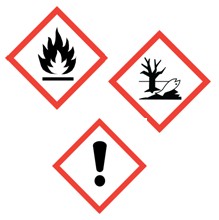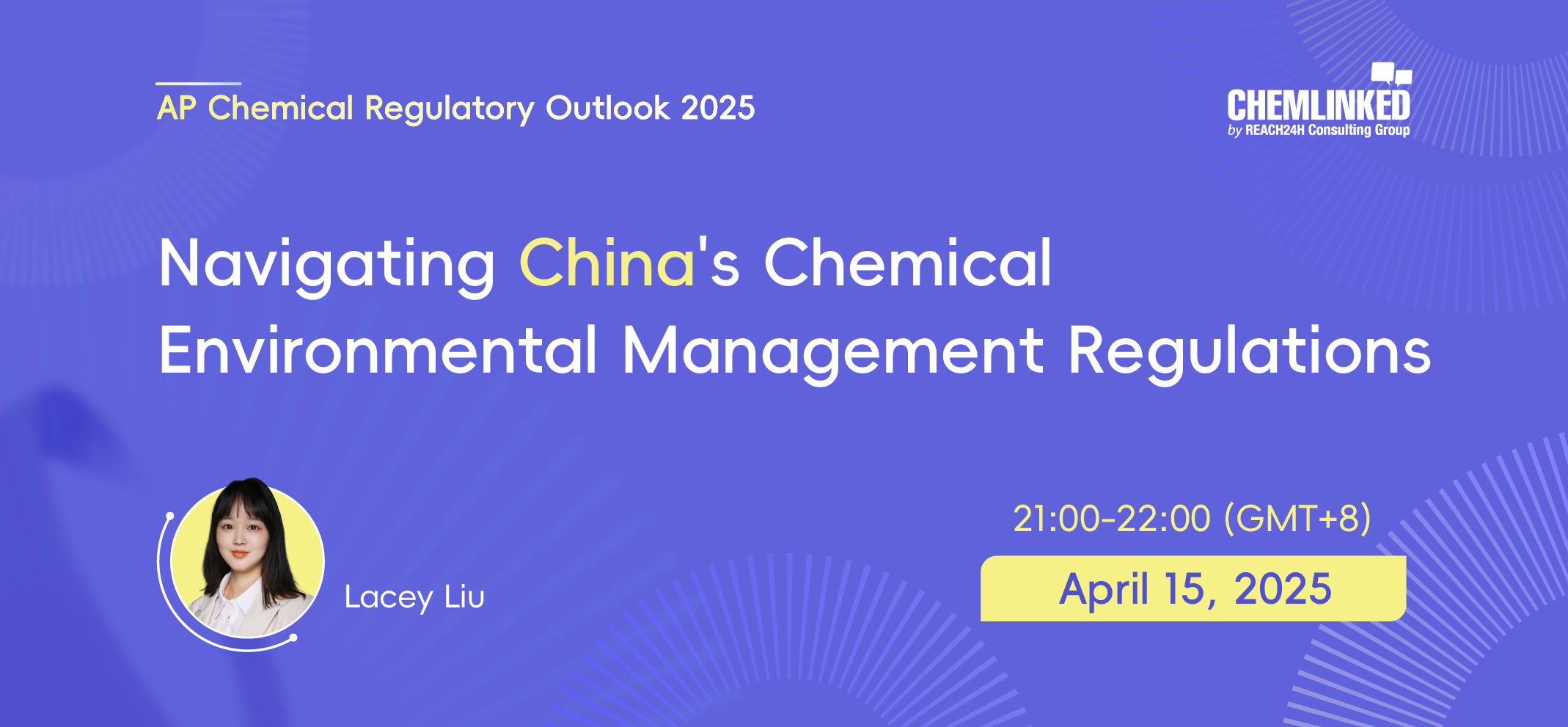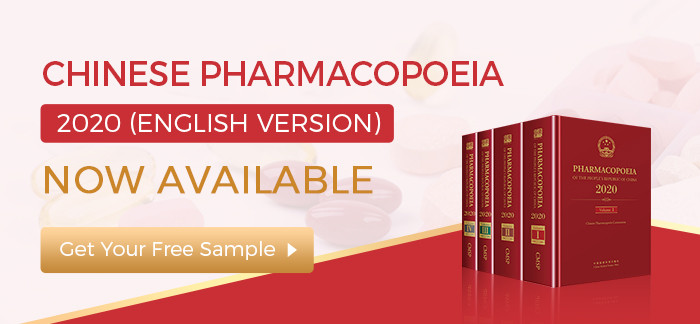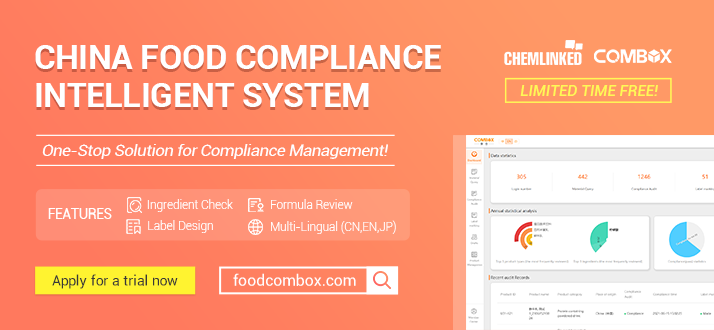Classification, Labelling and Packaging
What’s CLP
The CLP Regulation (Regulation (EC) No 1272/2008) is the new European regulation on classification, labelling and packaging of chemical substances and mixtures (preparations). This Regulation entered into force on 20th January 2009. CLP Regulation will replace Directive 67/548/EEC (short as DSD) relating to the classification, packaging and labelling of dangerous substances as well as Directive 1999/45/EC (short as DPD) relating to the classification, packaging and labelling of dangerous preparations.
It introduces in the EU new criteria for classification and labelling, based on the United Nations’ Globally Harmonised System (UN GHS). From 1st December 2010, companies should apply the new classification regulation to substances, and from 1st June 2015 to mixtures (preparations) It also provides rules for the notification of substances to the Classification & Labelling Inventory established by the European Chemicals Agency (ECHA).
What should I do under CLP?
-You need to classify your chemical substances in line with the new Classification, Labelling and Packaging Regulation (CLP) by 1 December 2010.
– Article 40(3) states that from 1 December 2010, the classification and labelling of any substance must be notified in accordance with 40(1) within one month (30 days) after the placing on the EU market. That means for many substances, you need to notify the CLP classification to the European Chemicals Agency by 3 January 2011.
Who will be affected by CLP?
The new Classification, Labelling and Packaging Regulation (CLP) will affect you if you are:
- a registrant under REACH
- a manufacturer or importer of substances or mixtures (preparations) that you place on the market
- a downstream user, – you use substances or mixtures supplied to you for the formulation of other products that you place on the market, e.g. adhesives, cleaning products, paints, motor oils
- a distributor (retailer), – you store and place on the market a substance or a mixture for others
- a producer or importer of articles that are explosive or that contain substances that are intentionally released or are on the Candidate List of Substances of Very High Concern
- involved in research and development of chemicals
Does CLP cover all substances and mixtures?
CLP covers most substances and mixtures that are supplied to third parties. Some substances and mixtures, for example cosmetic products are not covered by CLP. Exemptions are explicitly mentioned in the Regulation.
When do I need to classify and label my chemicals in line with CLP?
Substances placed on the market must be classified, labeled and packaged according to the CLP criteria as of 1 December 2010. The classification of substances according to the Dangerous Substance Directive (DSD) rules continues until 1 June 2015. Both the CLP and the DSD classifications of substances must be mentioned in the Safety Data Sheets.
Mixtures placed on the market must be classified according to the CLP criteria as of 1 June 2015.
When should I notify substances to ECHA?
Substances placed on the market on or after 1 December 2010 must be notified within 1 month after being placed on the market. This means that the first notification deadline will be 3 January 2011. However, ECHA recommends to submit a notification already before 24 December 2010. The notification includes the identity of the substance and its classification and labelling.
When do I need to update Safety Data Sheet (SDS)?
In relation to classification and labelling and in the context of CLP, an existing Safety Data Sheet will require an update when:
- you have classified, labelled and packaged your substance or mixture according to CLP which has already been classified according to DSD / DPD. In case you want to issue a Safety Data Sheet before 1 June 2015 for such a substance or mixture, you would have to include both the DSD / DPD classifications and the new CLP classifications, including any specific concentration limits or M-factors for substances, in the Safety Data Sheet; and
- new knowledge on hazards becomes available
Our Services
- Free regulatory advice;
- Re-classification of substances and preparations
- Re-labeling of products
- Update safety data sheets according to the Classification & Labeling under CLP.
- C&L Notification




